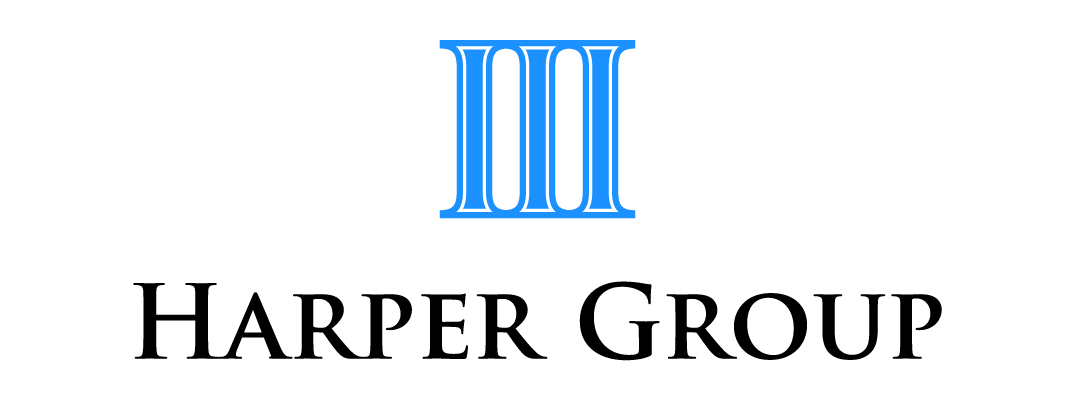Business tax relief package: What’s in it for SMEs?
Parliament has passed most of the business tax relief package announced in the last Federal Budget, but with some amendments. The legislation brings into effect the following changes for small business:
- Progressive cuts to the company tax rate:
- The tax rate will be progressively reduced to 27.5% from 2016-17 to 2018-19 for companies that are carrying on a business and have an aggregated turnover of less than $50 million.
- The 27.5% rate for those entities will be progressively cut to 25% by 2026-27.
- An increase to the small business entity threshold from 2016-17:
- The aggregated turnover threshold for access to most small business tax concessions will be $10 million, with the exception of the below concessions.
- The threshold for the small business income tax offset will be $5 million.
- The threshold for the small business CGT concessions will remain at $2 million.
- A progressive increase to the small business income tax offset rate to 16% by 2026-27 (it is 8% for 2016-17).
The business tax cuts are to be restricted to companies with an aggregated turnover of less than $50 million (which includes the turnover of connected entities and affiliates). For all other companies the rate will remain at 30%.
The available concessions for small businesses, depending on thresholds, can be summarised as follows.
Aggregated annual turnover
$20,000 instant asset write-off
Small business CGT concessions
Small business restructure roll-over
Company tax cuts
Small business income tax offset
Small business pool
Immediate deduction for certain start-up costs
< $2m
Yes
Yes
Yes
Yes
Yes
Yes
Yes
< $5m
Yes
No
Yes
Yes
Yes
Yes
Yes
< $10m
Yes
No
Yes
Yes
No
Yes
Yes
The income tax offset rate for unincorporated small businesses is set to increase progressively to 16% by 2026-27. First to 8% for 2016-17 until 2023-24, then 10% for 2024-25, 13% for 2025-26, and finally to 16% the following financial year.
It is important to note however that there is a limit to the monetary outcome of this offset. The offset will remain capped at $1,000 per taxpayer per year, regardless of the rate.
Imputation impact
From 2016-17, the imputation system will be based on a company’s corporate tax rate for a particular income year, worked out having regard to the company’s aggregated turnover for the previous year.
This is because a company will not know its aggregated turnover for the year in which it pays a dividend (and therefore its corporate tax rate for the year) until after the end of that year.
For the purposes of applying imputation rules, companies will now use the “corporate tax rate for imputation purposes”. This is generally defined to mean the company’s tax rate for the current year, worked out on the assumption that the company’s aggregated turnover for that year is equal to its aggregated turnover for the previous year.
For shareholders, one noticeable outcome will be an increase in top-up tax on dividends received from companies eligible for the tax cuts (as the company tax rate decreases). Ultimately, the total tax liability on the company’s pre-tax profits will still be at the shareholder’s marginal rate, but a greater proportion of the burden will shift from the company to the shareholder over time.
Harper Group Pty Ltd Chartered Accountants Frankston Ph 03 9770 1547
Disclaimer: All information provided in this article is of a general nature only and is not personal financial or investment advice. Also, changes in legislation may occur frequently. We recommend that our formal advice be obtained before acting on the basis of this information.
